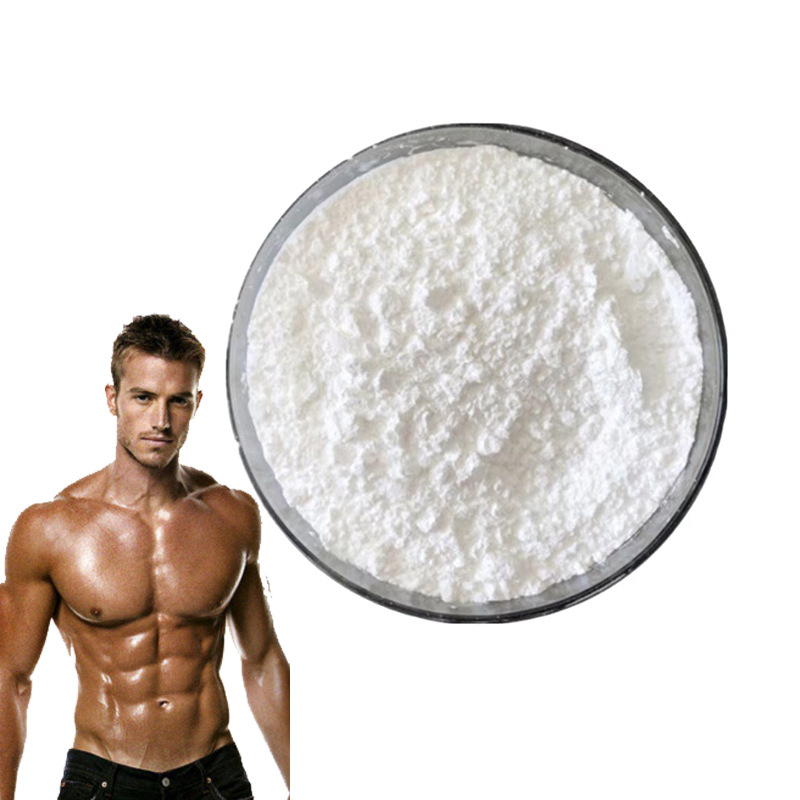Class of Compound:
Peptide
Class of Compound:
Peptide
ARA-290 Research
ARA-290 is a variant of erythropoietin, engineered to selectively interact with the innate repair receptor. This peptide has been shown to decrease inflammatory pathways and promote tissue protection without the hematopoietic effects associated with erythropoietin. Research indicates that ARA-290 can help reduce HbA1c levels, improve cholesterol profiles, modulate neuropathic pain, and stimulate wound repair.
ARA-290 and Tissue Repair
ARA-290’s interaction with the innate repair receptor facilitates tissue protection and repair by antagonizing inflammatory processes. This action has been observed in preclinical models of neuropathy, where ARA-290 reduced allodynia and promoted healing. These properties make it a promising candidate for further research into therapies targeting tissue damage and inflammation .
ARA-290 and Metabolic Control
Studies have demonstrated that ARA-290 can improve metabolic control in patients with type 2 diabetes. In a clinical trial, subjects receiving ARA-290 showed significant improvements in hemoglobin A1c (HbA1c) levels and lipid profiles over a 56-day period. These findings suggest that ARA-290 may offer benefits for managing metabolic parameters in diabetic patients .
ARA-290 and Neuropathic Pain
ARA-290 has shown promise in alleviating neuropathic pain, particularly in conditions such as sarcoidosis-induced chronic pain. Clinical trials have revealed that ARA-290 provides analgesia greater than placebo without significant safety concerns. This peptide acts on the innate repair receptor, offering a novel approach to pain management in patients with neuropathic conditions.
ARA-290 and Small Fiber Neuropathy
Research indicates that ARA-290 can improve symptoms of small fiber neuropathy (SFN) in patients with sarcoidosis. In a randomized, double-blind study, patients treated with ARA-290 experienced significant improvements in pain intensity and quality of life measures compared to those receiving placebo. The peptide also increased corneal nerve fiber density, suggesting its potential as a disease-modifying agent for sarcoidosis-associated SFN.
















